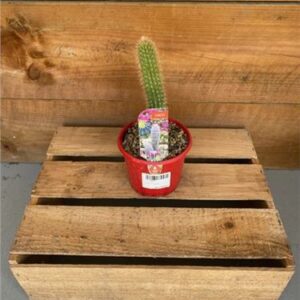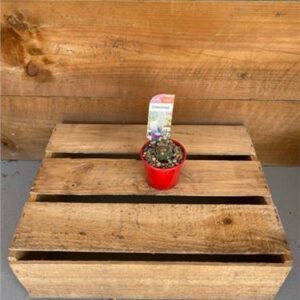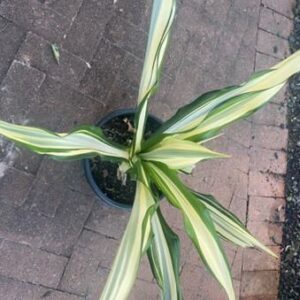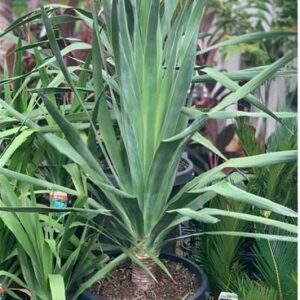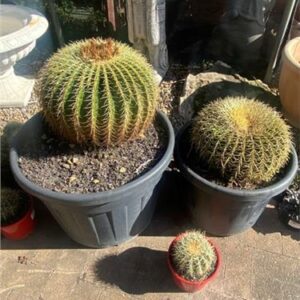- 675 Kingston Road Loganlea, QLD 4131
- 07 3299 7666
Succulents & Cacti
Nursery delivery is available through Brisbane, Logan and the Gold Coast with FREE DELIVERY options. Learn more here. 
Succulents & Cacti
Succulent plants and cacti have become a staple house plant in recent years, favoured for their low maintenance and minimalist appearance in spaces both outdoors and indoors. With cuttings that can be propagated into new plants and unique species, succulents are the perfect addition to any garden.
Whilst these plants are great for beginning green thumbs, making sure you are gardening them correctly can help them grow and thrive.
What is the Difference Between Succulents and Cacti Plants
Although succulent and cactus can often get used interchangeably, succulent is a parent plant for plant species which store moisture in their leaves, stems and roots. The word succulent literally translates to ‘juicy’. This means all cacti are succulents, but not all succulents are cacti.
Cacti have rounded structures, and tough thick skins with spiked pricks that might seem out to get you. These spikes are a cacti’s leaves, called spines, which have evolved to protect cacti from predators in the wild such as animals and the elements. Whereas, other succulent varieties can have thick fleshy fronds, with a gelatinous inside, like agave and aloe plants.
Tips to Care for your Succulent Plant
Being native to desert environments, succulent plants are able to survive arid climates, dry environments, hot temperatures and full sun.
The number one killer of the succulent plant family is too much water. We say: when in doubt, don’t water.
If they are indoors, succulents should be turned regularly so all sides receive sunlight. Access to bright spaces and light helps cacti produce their unique flowers during the spring and summer. In the winter, some succulents can even need grow-light resources to support the lack of sun.
When caring for your succulent, we recommend: be mean and keep them keen to recreate their native harsh environments.
What are the Types of Succulents Best for Beginners
Although succulents are notoriously low maintenance, striking the right amount of care can be hard to perfect if you’re a beginning green thumb. There’s many succulent species, including cacti, which are a great start to your home garden.
Different varieties of aloes, sedums and echeveria are easy to care for and reliable plants that give you the classic succulent look. With muted green rosettes and leaflets, these succulent types like lots of light, dryer soil and minimal water.
Specific cacti species for beginners include the likes of the rebutia cacti, gymnocalycium and mammillaria. These cacti share the classic cactus arched shape and spikey pricks, needing little water and bright environments. Cacti are very slow growing plants, so if you are aiming to grow a tall and mighty cactus – it will take lots of patience and the right care tips.
Where to Plant Succulents
It’s important to review the care label on your specific succulent plant to understand the best way to care for them. However, most succulent plants and cacti species can be planted outdoors or indoor living spaces as long as they have access to sun and light but shade from the rain.
When planting, remember succulents and cacti roots are shallow and need to be potted in free-draining soil. These plants will rot if they experience over wet feet, so minimising their access to water is essential. This is why these plants are often the most popular indoor plants in the Queensland weather so their water supply can be controlled.
Although succulents are one plant family, each species requires a customised care routine to help thrive. Contact the Cobblepatch nursery team if you need any advice or resource on how to grow your succulent plant.
